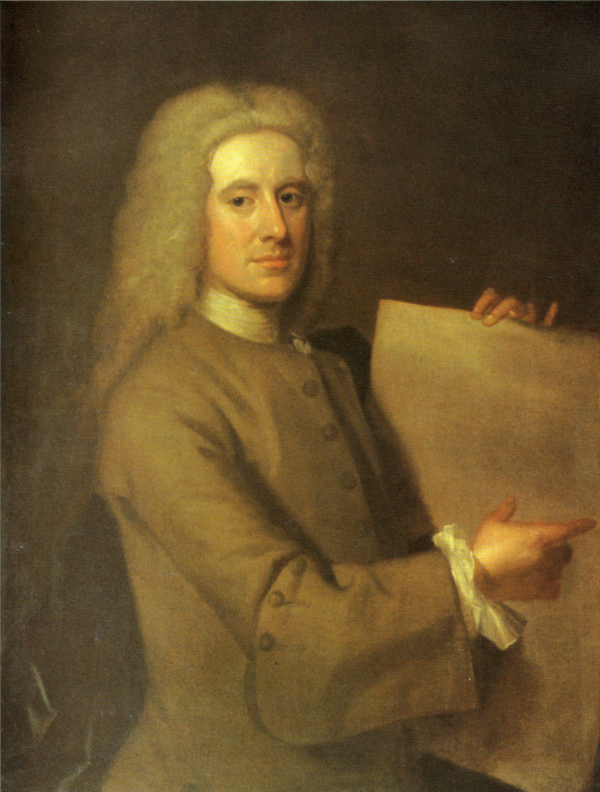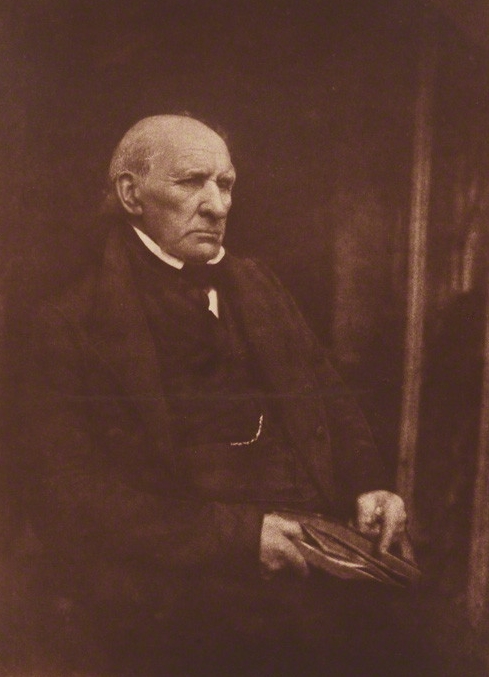Fasque Castle in Aberdeenshire is a truly grand and intriguing Baronial Mansion House that certainly knows how to make all its visitors feel welcome. It has been known by a few names throughout its time with one of the alternatives being Fasque House. One thing that this castle is very well-known for is the fact that it was previously used as a family residence for Prime Minister Gladstone and the rest of the Gladstone Family.
Fasque Castle perfectly embodies traditional luxury with a rare, intriguing, and fresh modern twist to it. It is simply exquisite and the many people who are lucky enough to see it cannot get enough and usually, this results in another trip to this great castle. The official website also states: “We have the spaces, imagination, and experience you need for your ideas to flourish. Our trusted partners are on hand to support you all the way, from first thoughts to final farewells.”

The history of Fasque Castle
It is easy to see why Fasque Castle is so incredibly loved and adored with so many things to like about it, it is so easy to forget that it has been around for many more years than we think. In fact, the first-ever fortification on the land was built way back in the 1700s! With a rare and unheard-of name such as Fasque, you may wonder where it comes from.
The early history

While the first fortification on the land that the castle now stands may not be around right now, it is important to go back to the roots and discover what once was before Fasque Castle called the land home. What many people fail to remember is that there was a previous house on the property before Fasque was ever actually there. It was around 50 yards away from the current castle to the north, however, it is an important part of the development of the castle.
This previous house was known as either Fasque or Faskie and wasn’t quite as strong or as significant as the current castle we see today. Sometime throughout the 1750s, Sir Alexander Ramsay, 6th Baronet of Balmain, who was a local Member of Parliament, planted the beech avenues that we still see in the present day. It was after that, that William Adam who was a very well-known Scottish Architect decided to prepare and discuss a plan for the house that is illustrated in his Vitruvius Scoticus. Unfortunately, this was never executed, and the plan went to waste.
By the time that 1790 came around, the house had essentially fallen into disrepair because of the fact that it was becoming uncontrollably damp. Then, after only 40 years of completion, the original Fasque House was demolished.
Fasque and the Ramsay’s
After this, Sir Alexander, who was at the time known as Alexander Ramsay-Irvine, died without an heir in 1806. It was then that the estate passed to his nephew, Alexander Burnet, who was afterward made a Ramsay baronet in 1806 and then adopted the Ramsay surname. Although the original project began under the watchful eye of Sir Alexander Ramsay-Irvine, the current Fasque Castle that we have come to adore was not actually completed until around the year 1809.
It is said that approximately £30,000 was spent on this project, however, this price is subject to many different things. Fasque Castle, contrary to popular belief, took over ten long years to construct with contemporary guidebooks describing its central hallway being open to the elements, as the world’s largest indoor double spiral staircase was being constructed at the back of the hall. When he died in May of 1810, the younger Alexander Ramsay’s son, also Alexander Ramsay, then inherited the beautiful estate and kept Fasque for 19 years before having to sell it in the face of rising costs of its upkeep.
Fasque and the Gladstones
The house eventually sold for around £80,000 to John Gladstone in 1829. He was a Scottish merchant from Liverpool whose family had been successful farmers in Biggar, South Lanarkshire, before becoming wine merchants in Leith in the years following 1745. John Gladstone was a smart man and eventually built up a business empire in property and international trade. He did so well that by the 1820s, he had become not only a smart man but also an incredibly wealthy man.

By the end of plantation slavery among British colonies somewhere around 1833, he had become one of Britain’s biggest owners of enslaved people. He received a massive compensation payout of £106,769 for the 2,508 slaves he owned across nine plantations which was more than any single other plantation owners. When their daughter, Anne, died in 1829, it took near four years for the family to be able to move up to the new property after their previous house which has now been demolished.
In the Winter of 1833, John and the rest of his family moved into Fasque for the first time ever. Unfortunately, the hard times hadn’t yet ended for them and their arrival coincided with one of the worst weather events ever recorded in Kincardineshire. Many trees to the north of the house had been blown in the high winds and the wild weather caused havoc all over the estate. This all led to even more misfortune with the cold and dampness of the house having a detrimental effect on Johns’s wife, Anne McKenzie’s health, she subsequently died in 1835.
A big change
Ten years after all of this misfortune, the Baronetcy of Fasque and Balfour was bestowed upon the now elderly Sir John Gladstone, and to commemorate this great time, he set off and built the Fasque Episcopalian Church in the grounds of the house, which is still presently used. In the first decade of the church’s existence, it saw the burial of one of William Ewart Gladstone’s children who died in childhood, and in the same year as its founding. In 1851, Sir John Gladstone died and passed the beautiful castle onto his eldest son Thomas.

This further resulted in sibling rivalry, however, over time it basically diminished and soon after, Thomas Gladstone and his wife Louisa Fellows, a relative of Queen Victoria, ran Fasque as an effective house for nearly 40 years. During this time, they successfully added luxurious servants’ quarters to the building as well as a school on the grounds. During this time, William who was Thomas’ younger brother, visited him many times.
Also, during that time, he had also come into possession of Hawarden Castle in north Wales, through his wife’s family, the Glynn’s. The estate and the ground attached expanded significantly during Thomas’ tenure to encompass 80,000 acres (320 km2), bordering Balmoral to the north. After creating some amazing things in his time, Sir Thomas died in 1889 and passed the Baronetcy to his eldest son John, who was a bachelor soldier.
He came home to run the estate with his beloved sister Mary. After Thomas’ death, his brother, William, didn’t ever visit the castle again and then died in May of 1898.
Later history
Right up until the year 1932, Fasque Castle remained as a working home, it wasn’t until Lady Mary passed away. It was at this time that the castle stopped being used and with a lot of the furniture now being covered by sheets and many of the once amazing rooms being locked up for decades, all hope had been lost. It is said that plenty of it still remained in immaculate condition despite not being used for decades.
Eventually, the Baronetcy passed through various different family lines and then ended up with the 7th Baronet known as Sir William Gladstone. Luckily, in 1978, Sir William’s younger brother, Peter Gladstone, saw the beauty that Fasque Castle held, and he then redecorated it by whitewashing almost every single wall surface all by himself. He then opened it up to the public for the first time ever in September of that same year. The castle remained open to visitors for over two decades.
Sadly, Peter died in 2000 with the estate now being expertly run by Charles Gladstone who was the son of Sir William. In 2003, the house was closed to the public and turned into an exclusive-use venue only where you can even rent beautiful Fasque Castle cottages. These days, you can find many different things to do at the castle.
If you’re after your very own Fasque Castle wedding or even a corporate event, Fasque is the place for you.
If you enjoyed reading this article about Fasque Castle, you may enjoy reading about other Scottish castles such as Caerlaverock Castle.




